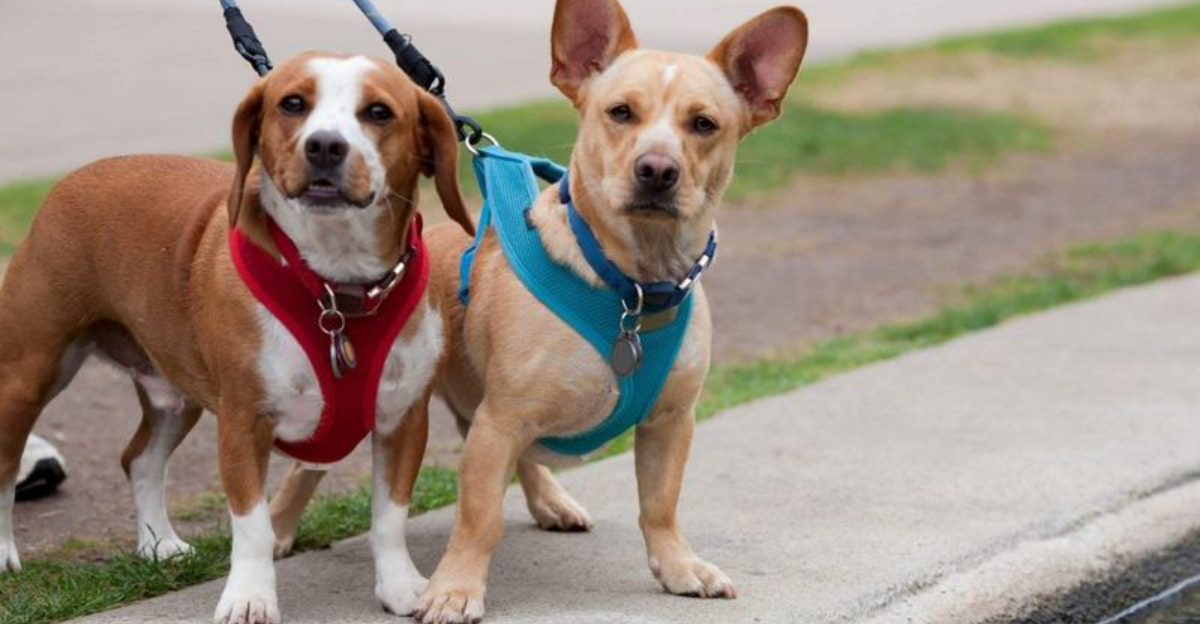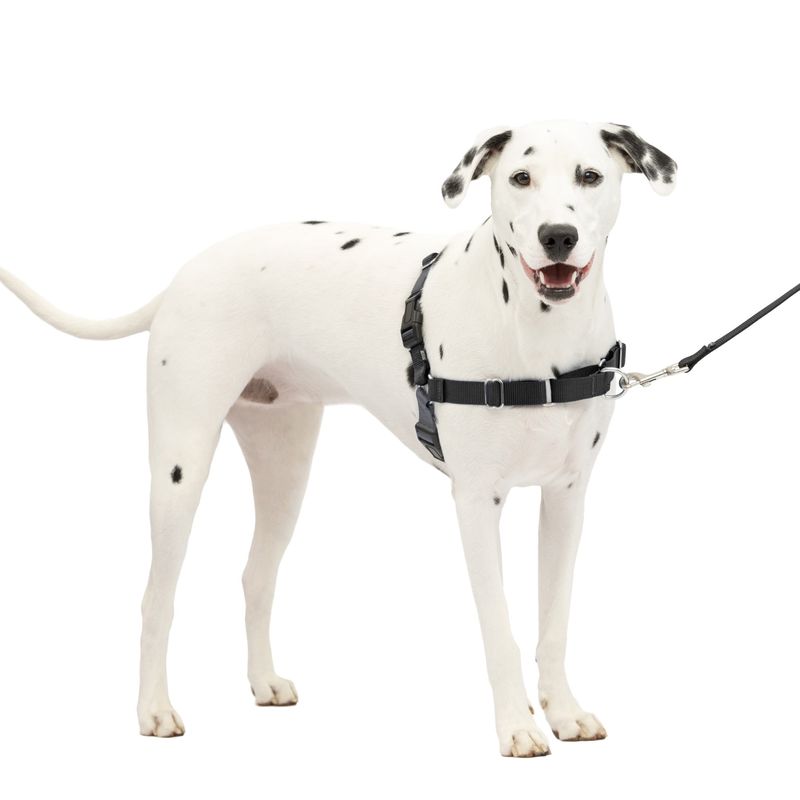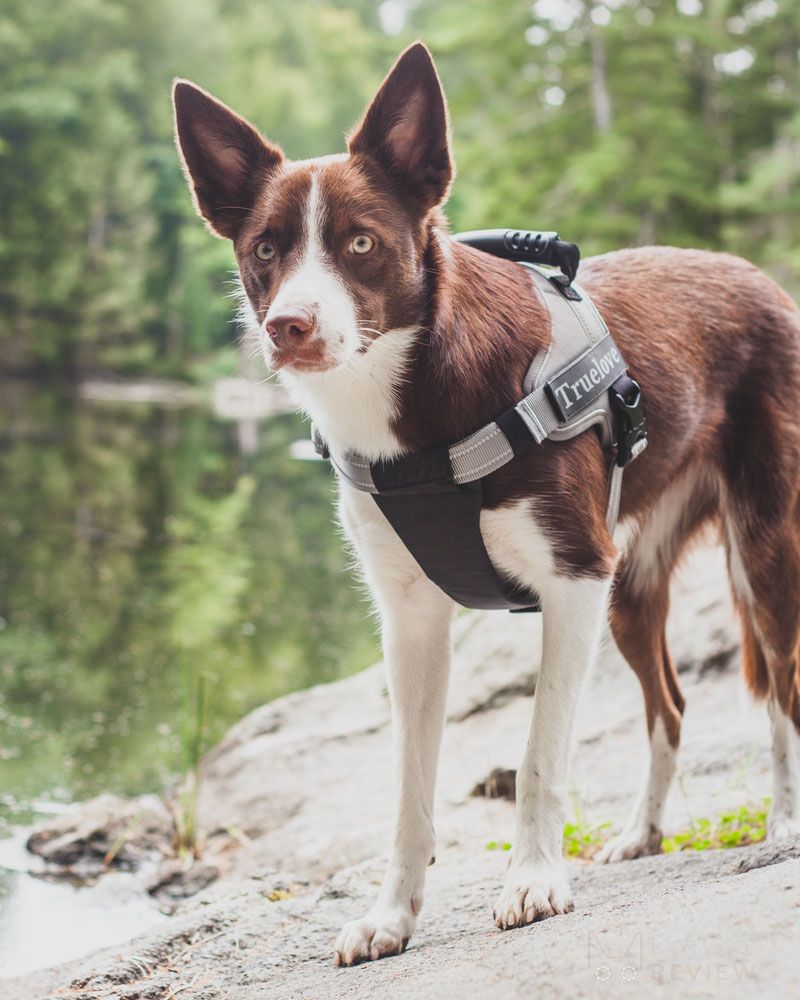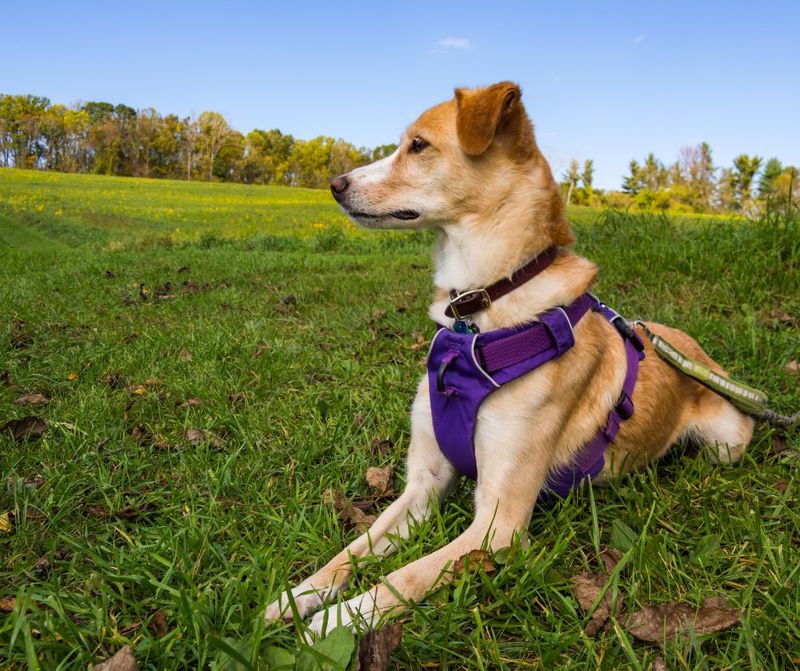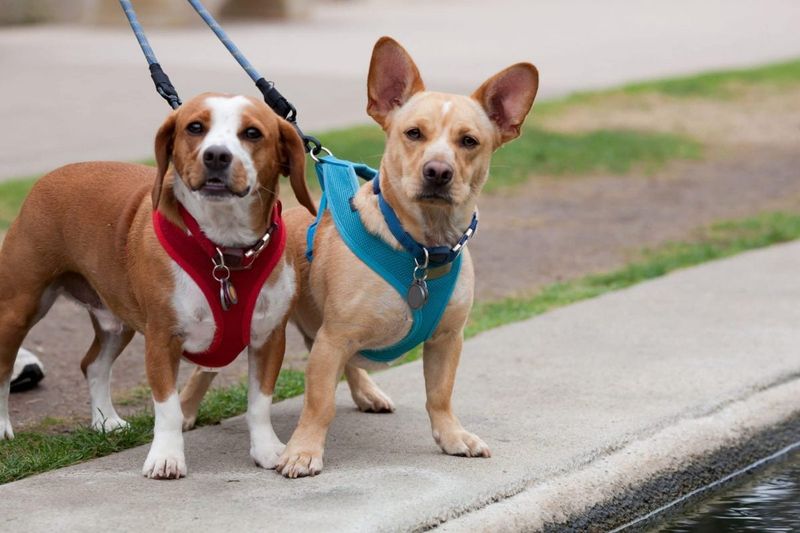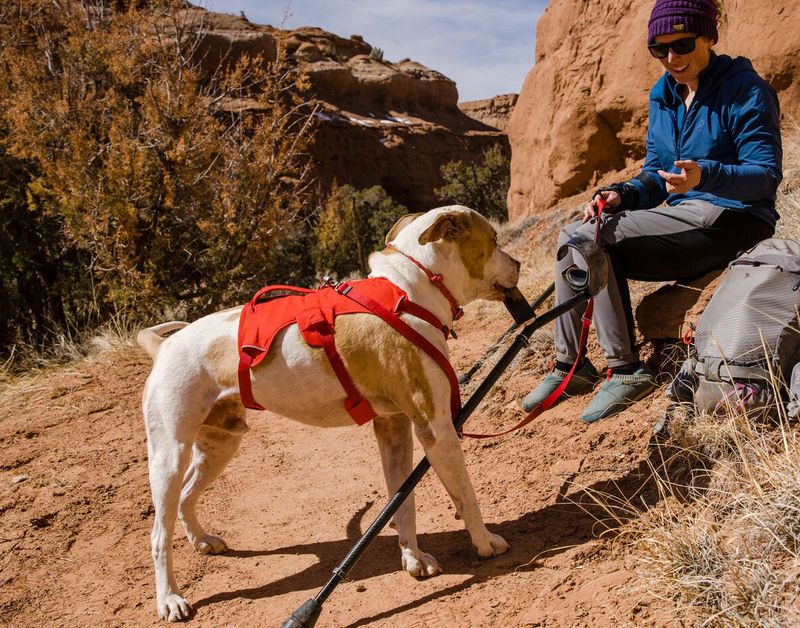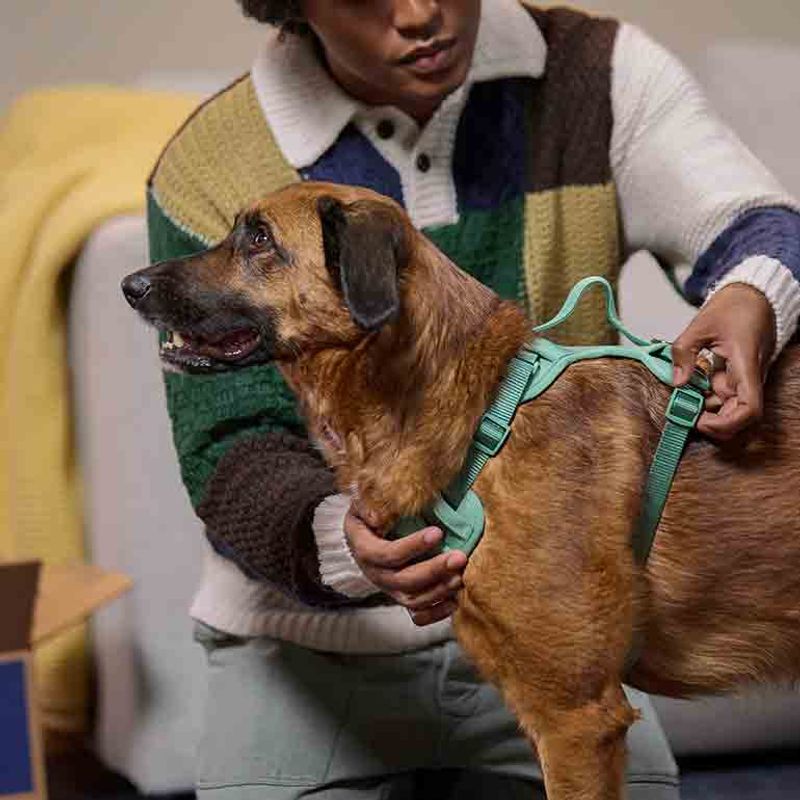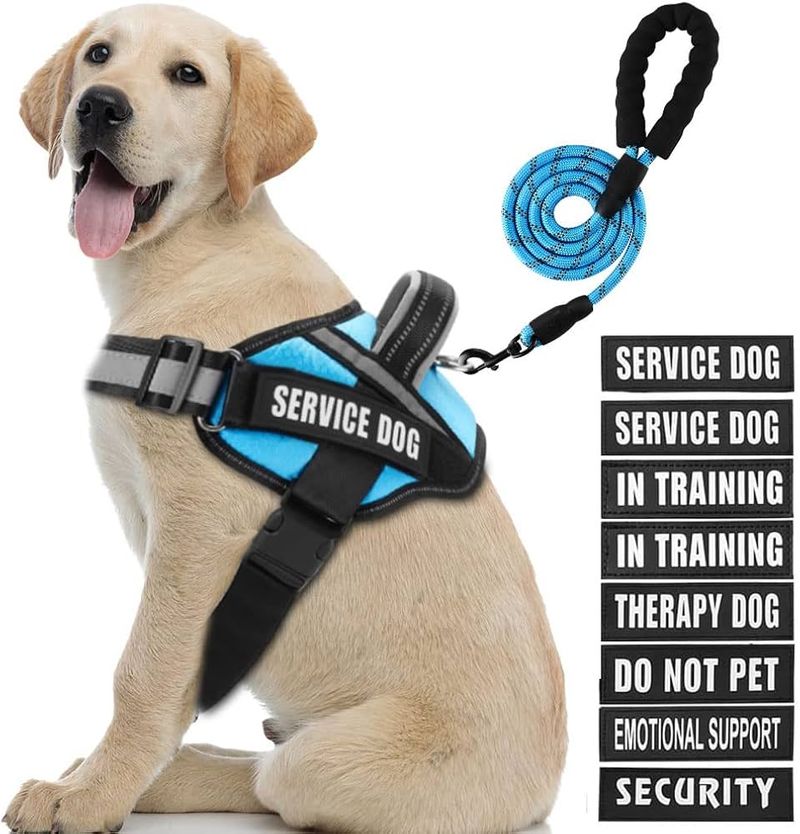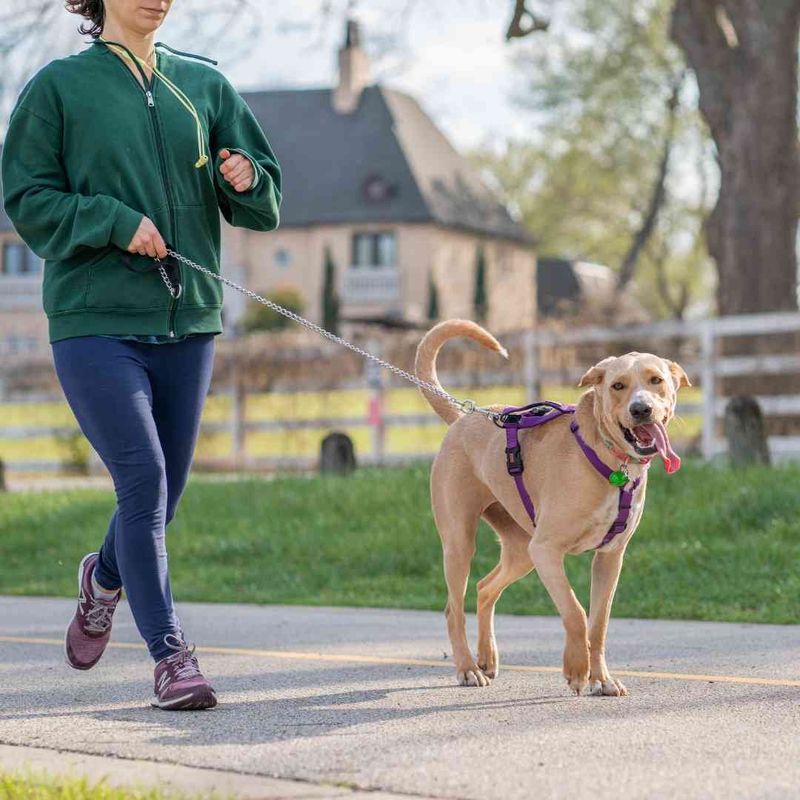Harnesses are a popular choice for many dog owners, offering various benefits and some potential drawbacks. This article explores 10 pros and cons of using a harness for your dog, as shared by a professional trainer. Our goal is to provide you with detailed insights to help you make an informed decision for your furry friend.
Pro: Better Control
Harnesses offer superior control over your dog, especially during walks or training sessions. Unlike collars, which can strain a dog’s neck, harnesses distribute pressure evenly across the chest. This design minimizes the risk of injury, making it a safer choice. Dogs that are energetic or prone to pulling on the leash can benefit significantly from this added control. Additionally, harnesses prevent tangling and allow for more secure handling. Many trainers recommend harnesses for young pups learning to walk on a leash. Overall, the enhanced control can lead to more enjoyable outings for both you and your dog.
Con: Restrictive Movement
One downside of using a harness is that it can sometimes restrict your dog’s movement. Dogs who are not used to wearing a harness may find it uncomfortable at first. The added bulk can be cumbersome, especially for active dogs that enjoy running and playing. It’s essential to choose a harness that fits well and allows natural movement. Some dogs might show resistance to wearing a harness initially, but gradual introduction can help ease discomfort. Observing your dog’s body language can provide clues if the harness feels too restrictive. Proper sizing is crucial to mitigate this con.
Pro: Reduced Neck Strain
Harnesses are excellent for reducing neck strain, particularly for dogs that pull or have respiratory issues. Unlike traditional collars, harnesses distribute the force across the chest and back. This design is beneficial for breeds susceptible to tracheal collapse or those with prior neck injuries. For puppies still learning leash manners, harnesses offer a gentler way to guide them. Many trainers advocate for harnesses as they can prevent long-term damage to the neck. Ensuring the harness is properly fitted can further enhance comfort and safety. The design supports both active play and casual walks.
Con: Can Cause Chafing
While harnesses provide numerous benefits, they can sometimes cause chafing, especially in dogs with sensitive skin. This can occur if the harness is too tight or worn for extended periods. Choosing a harness made from soft, breathable materials can help reduce irritation. Regularly checking for signs of discomfort or skin changes is crucial. Adjusting the fit and ensuring the harness is not too tight can prevent chafing. For dogs prone to skin issues, consulting with a vet before selecting a harness might be beneficial. Keeping the harness clean and dry also aids in preventing irritation.
Pro: Prevents Escaping
Harnesses are often recommended for dogs prone to slipping out of traditional collars. The design of a harness makes it much harder for a dog to escape, providing peace of mind for owners. This is especially important in busy or high-risk areas where a runaway dog could face dangers. Many harnesses come with adjustable straps to ensure a snug fit that doesn’t compromise comfort. For dogs known for their Houdini-like escapes, a well-fitted harness can be a game-changer. Trainers suggest harnesses for dogs with small heads or thick necks that make collars less effective.
Con: Potential for Poor Fit
One of the challenges with harnesses is ensuring a proper fit. An ill-fitting harness can cause discomfort and limit mobility. Dogs come in all shapes and sizes, and it’s crucial to find a harness that matches your dog’s physique. A poor fit can lead to rubbing, chafing, or even escape, negating the benefits of using a harness. Measuring your dog correctly and consulting size charts is essential when purchasing a harness. Many pet stores offer fitting services to help find the right harness. Regular adjustments might be necessary as your dog grows or changes weight.
Pro: Supports Training
Harnesses are an excellent tool for training, providing better control and guidance. Trainers often use harnesses to teach dogs commands and improve leash manners. The design allows for more precise steering and correction, without causing pain or discomfort. Positive reinforcement combined with a harness can accelerate learning and strengthen the bond between dog and owner. For puppies or rescue dogs with behavioral issues, harnesses offer a gentle yet effective training method. Selecting a harness with front and back leash attachments can give you versatility during training sessions. This adaptability is appreciated by many professional trainers.
Con: May Encourage Pulling
While harnesses provide better control, they can sometimes encourage pulling behavior. Dogs may feel more comfortable leaning into a harness, making it harder for owners to manage. This is particularly true for dogs that have not undergone leash training. It’s essential to pair harness use with training to address pulling tendencies. Some harnesses are designed to minimize pulling by redirecting the dog’s attention. Training tools and techniques can help mitigate this issue. Understanding your dog’s behavior and selecting the right harness type is key. Consulting with a trainer can provide strategies to counteract pulling.
Pro: Suitable for Small Breeds
Harnesses are particularly beneficial for small breed dogs, offering added safety and comfort. These breeds often have delicate necks and throats, making collars less suitable. A harness distributes pressure across the body, reducing the risk of injury. Small dogs can be prone to respiratory issues, so a harness can alleviate stress on the neck. Many harnesses for small breeds come in lightweight designs that don’t overwhelm the dog. Finding the right fit is crucial to ensure comfort and ease of movement. Harnesses also prevent small dogs from slipping through gaps or fences, enhancing security.
Con: Can Be Bulky
Harnesses, while beneficial, can sometimes be bulky and awkward for dogs. The added material and weight might be uncomfortable, especially for dogs not accustomed to wearing one. Dogs that are sensitive or prefer minimal gear might resist a harness. It’s important to select a harness appropriate for your dog’s size and activity level. Lighter, minimalist designs are available for dogs that require less support. Ensuring the harness doesn’t hinder movement or play is essential. For owners of active dogs, finding a balance between support and comfort can enhance the harness experience.
